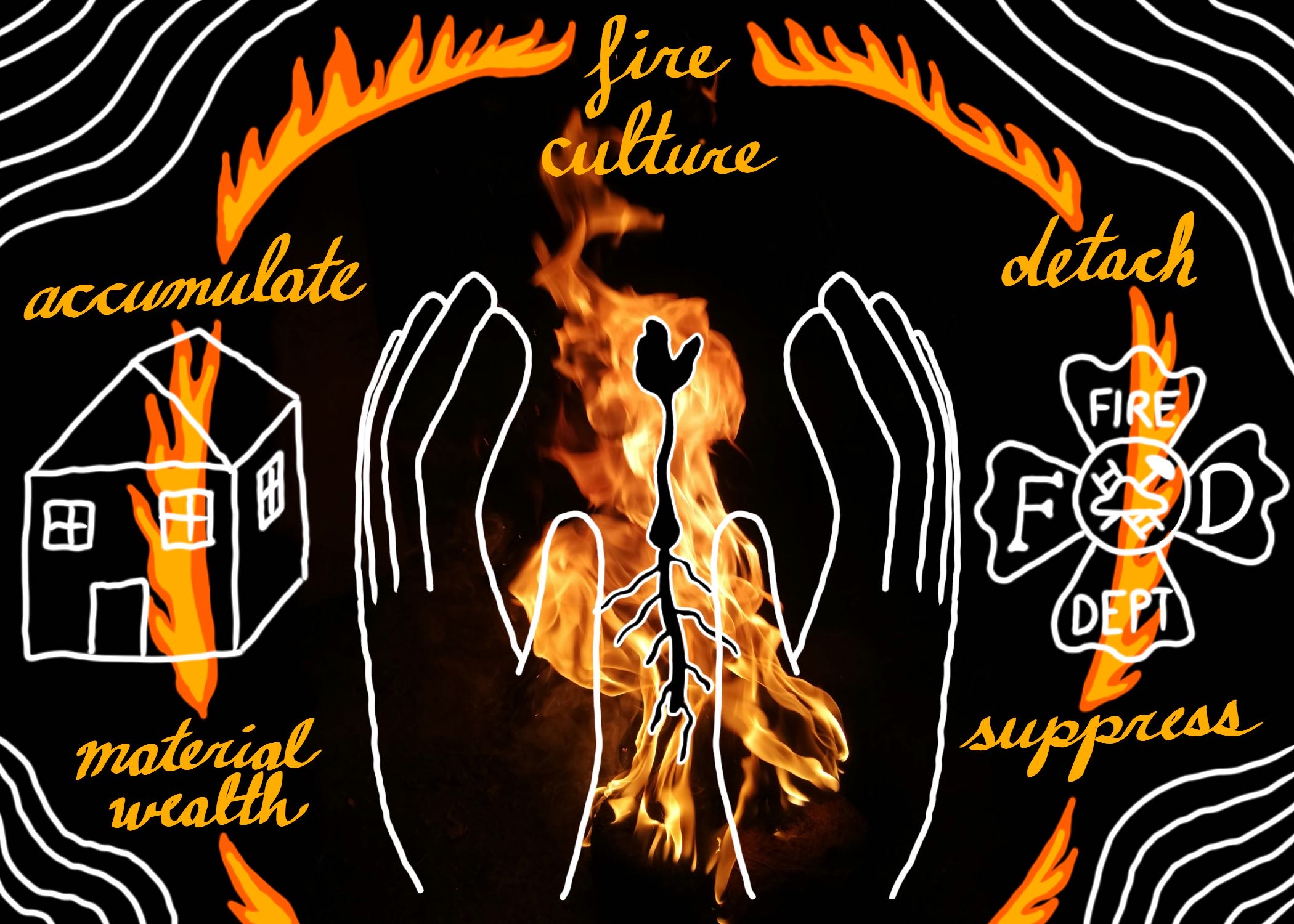Gilbert and Haraway take the more-than-human histories beyond the inclusion of nonhumans and decentering anthropocentrism to blurring the lines between what makes an individual. Humans and nonhumans are not simply interconnected via a relationship between separate entities, there is little that indicates where one begins and the other ends or if there is a beginning and end. One question we could ask given this framework is whether “more-than-human” is an adequate term to reflect this interconnectedness because it is still predicated on the idea that humans can be separated from the nonhuman. The individual human is also still the reference point by which we move towards a more ecologically accurate understanding of climate history. Perhaps “more-than-human” isn’t enough; we need to embrace a sympoietic view. Further, while I do believe we have the capacity to look beyond ourselves and change our conception of the individual with our interactions with other organisms, there is still significant work to be done for inorganic entities. One detail from the McPhee piece that caught my attention was how there is always heavy rain in the areas where watersheds were burned, which scientists have yet to understand why this occurs. I’m also thinking about this in conjunction with Professor Bester’s presentation where she comments briefly about how the grains have a memory. While Carey seems to make a similar argument about how humans and the environment cannot be considered separately, McPhee’s account makes me wonder about agency for non living things. If a river is alive and expresses agency as described by White and the whales have their own language as depicted in Demuth’s piece, can mountains and geological formations not be known in a similar way? Coming back to Gilbert’s discussion that we can only see and discover what technology allows us to see, Professor Bester’s work demonstrates how much there is that we do not know about seemingly common occurrences in our everyday lives, but that doesn’t make it unknowable. From my readings about the California fires, I got the sense that the reason that they have become so devastating is not simply suppression and accumulation of fuel, but a fundamental disconnect with the land and the way it operates. Various authors pointed to the transition from indigenous knowledge passed through generations about the land to a disconnected, extractivist mentality. It may not be the most efficient, but there are ways to know things outside of technology or a scientific lab. What Professor Bester’s presentations points to, however, is that inorganic material has an unspoken language that we must listen to in order to understand something as seemingly simply as water dropping onto the ground.

